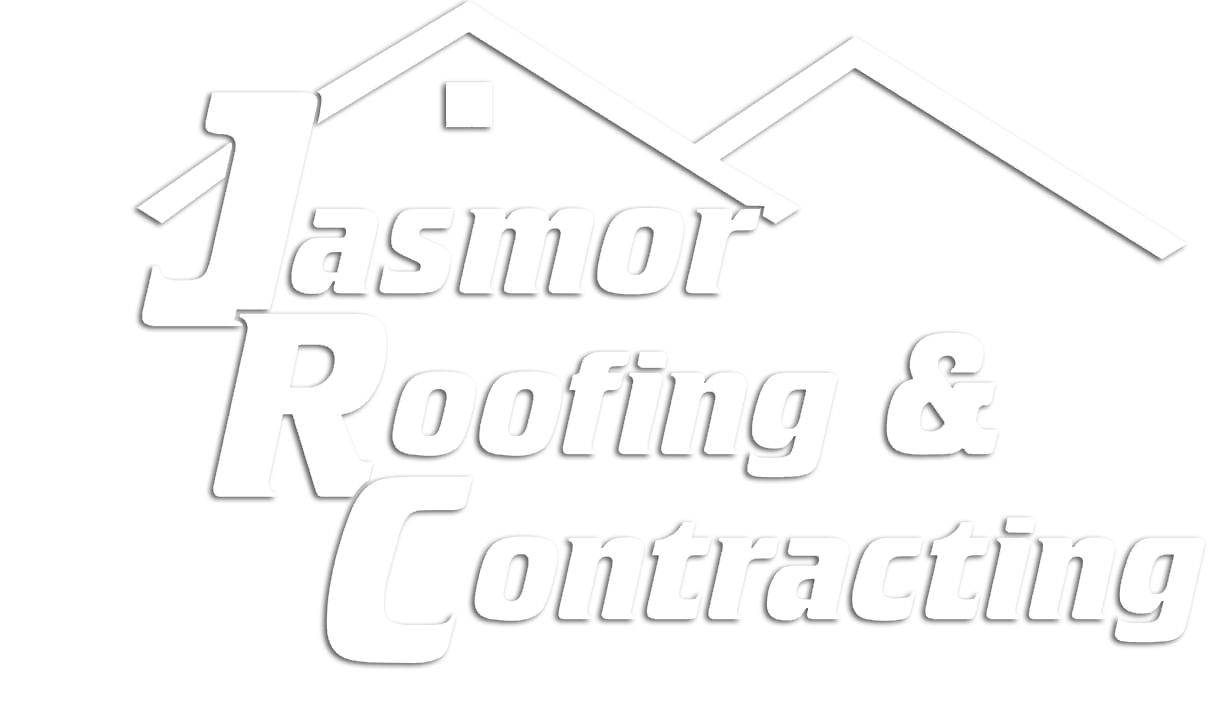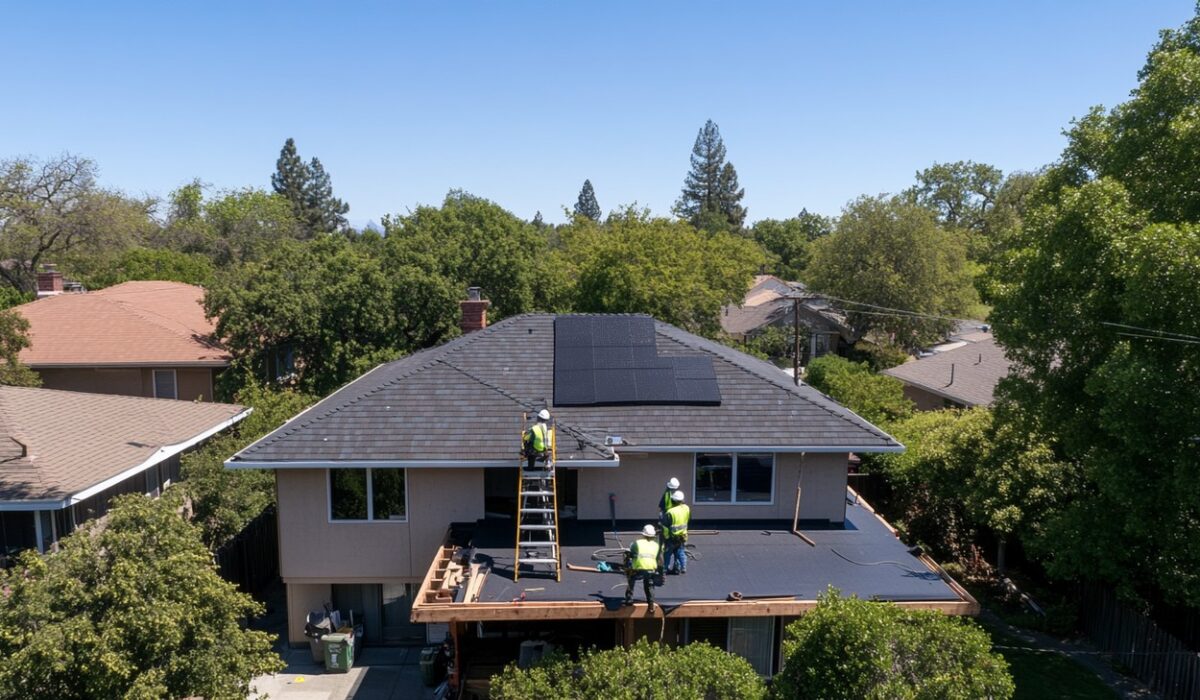Residential roof replacement is a significant investment in your home. It not only protects your property from the elements but also enhances its aesthetic appeal and increases its value. Understanding when and why you might need a roof replacement, what materials are best suited for your needs, and how to go about the process can help ensure that you make informed decisions. This comprehensive guide covers all aspects of residential roof replacement to help homeowners navigate this crucial home improvement project.
Recognizing the Need for Roof Replacement
Determining when to replace your roof is the first step in the roof replacement process. Several signs indicate it’s time to consider a residential roof replacement:
- Age of Roof: Most roofs are designed to last between 20 to 30 years, depending on the material. If your roof is nearing this age, it might be time to plan for a replacement.
- Frequent Repairs: If you find yourself constantly repairing your roof, these costs can add up. Replacing your roof could be more cost-effective in the long run.
- Significant Damage: Severe weather events can cause extensive damage that is beyond repair, necessitating a full replacement.
- Sagging and Water Damage: These are signs of structural issues that might require more than just surface repairs.
- Increasing Energy Bills: If your heating or cooling costs are rising, it could be due to diminished insulation caused by an aging roof.
Choosing the Right Materials
The material you choose for your residential roof replacement will affect its cost, durability, aesthetic, and maintenance needs. Here are some popular roofing materials:
- Asphalt Shingles: The most common due to their cost-effectiveness and ease of installation. They come in various colors and styles to match your home’s exterior.
- Metal Roofing: Known for its durability and energy efficiency, metal roofing is excellent for homeowners looking for a long-term solution.
- Tile and Slate: While more expensive, these materials offer unique beauty and can significantly increase a home’s value. They are also incredibly durable.
- Wood Shakes: Ideal for homes where aesthetics are a priority. Wood shakes offer a natural look but require more maintenance than other materials.
The Process of Roof Replacement
Understanding the process can help alleviate stress and ensure that the project goes smoothly:
- Initial Inspection: A professional roofer will assess the condition of your current roof to confirm that a replacement is necessary.
- Choosing a Contractor: Select a reputable roofing contractor with experience in residential roof replacement. Check their licenses, references, and reviews.
- Material Selection: Decide on the roofing material that fits your needs and budget. Your contractor can help guide this decision based on your climate and the style of your home.
- Preparation: This might involve securing necessary permits, preparing the site, and scheduling the project at a time that’s convenient for you.
- Removal of Old Roof: The existing roof will be carefully removed, and disposed of according to local regulations.
- Installation of New Roof: This is the most critical phase, where the new materials are installed. Proper installation is essential for ensuring the longevity and performance of your roof.
- Cleanup and Final Inspection: After the installation, a thorough cleanup will be conducted, followed by a final inspection to ensure everything is up to standard.
Post-Replacement Considerations
After your new roof is installed, regular maintenance is key to extending its lifespan and maintaining its efficiency:
- Regular Inspections: Schedule inspections at least once a year and after major storms to catch and repair small issues before they escalate.
- Proper Maintenance: Keep your roof clean from debris, moss, and snow. Ensure that gutters and downspouts are regularly cleared to prevent water accumulation.
- Warranty and Insurance: Understand your warranty and keep your home insurance updated to cover your new roof.
Long-Term Benefits of a New Roof
Investing in a new roof goes beyond just protecting your home from water damage. Here are some long-term benefits:
- Enhanced Curb Appeal: A new roof can dramatically improve your home’s exterior look, making it stand out in your neighborhood and potentially increasing its market value.
- Improved Home Comfort: New roofing technology offers better insulation and ventilation options that can make your home more comfortable year-round, reducing the need for excessive heating or cooling.
- Environmental Impact: By choosing eco-friendly materials like recycled metal or sustainable wood, you contribute to a healthier environment. Additionally, the energy efficiency gained reduces your overall carbon footprint.
Navigating Roof Replacement Costs
The cost of replacing a roof varies widely based on material, size, and location. Here are some tips to help manage these costs:
- Get Multiple Quotes: Always seek multiple estimates to ensure you are getting the best value for the services and materials proposed.
- Consider Financing Options: Many companies offer financing plans that can make the payment process easier for homeowners.
- Invest in Quality: Opting for cheaper materials might save you money upfront but can lead to higher costs in the long run due to increased maintenance and potential early replacement needs.
A residential roof replacement can rejuvenate your home’s appearance, improve its energy efficiency, and provide peace of mind knowing that your home is well-protected. Choosing the right materials and a qualified contractor to handle the job are critical decisions that will impact the success of your project.
If you’re considering a residential roof replacement, Jasmor Roofing is here to help. Our team of experts will guide you through every step of the process, ensuring a smooth and successful roof replacement that meets all your needs.
Learn More About Residential Roof Replacement with Jasmor Roofing

